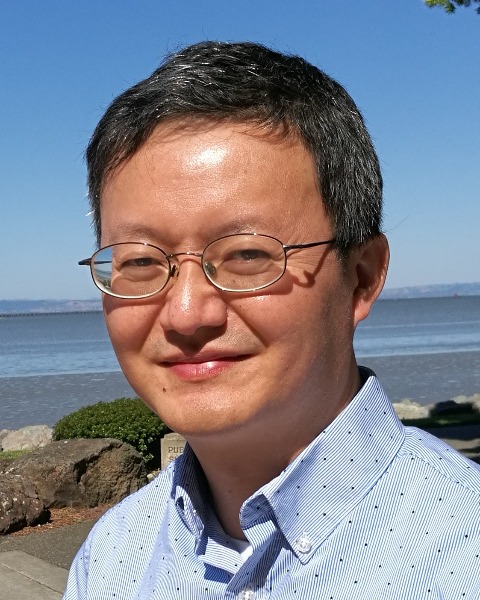Bioanalytical Track
Fit-for-purpose Approaches to Support Immunogenicity Assessment of Multivalent Bispecific Antibodies
Wednesday, July 16, 2025
8:55 AM - 9:20 AM ET
Location: Vienna Ballroom: South, East + West

Bob Liu, PhD (he/him/his)
Senior Principal Scientist
Genentech, Inc.
South San Francisco, California
Speaker(s)
Bispecific antibodies (BsAbs) have emerged as a promising class of therapeutics to treat complex diseases, offering advantages in dual targeting simultaneously compared to monospecific antibodies. However, BsAbs often require advanced engineering, and the novel formats present challenges for the development of clinical anti-drug antibody (ADA) assays. Immunogenicity evaluation is a required study endpoint during the clinical development of biotherapeutics, and the bridging immunoassay using a semi-homogeneous enzyme-linked immunosorbent assay (ELISA) is a common method for developing clinical ADA assays. Due to many BsAbs employing multivalent domain formats, the bridging semi-homogenous ELISA failed to meet the assay sensitivity and/or drug tolerance requirements for two of our BsAb programs. Further investigations revealed that BsAbs with multivalent binding domains can form intra-molecular complexes between the surrogate anti-ideotype (anti-ID) antibody positive controls and the BsAbs. This result complicates the use of bridging semi-homogeneous ELISA format for ADA assessments. To address this, we explored alternative assay methods and developed fit-for-purpose solutions for ADA assays supporting multivalent BsAbs. Here, we present two case studies where the assay sensitivity, drug tolerance, and other assay acceptance criteria were met by using the drug to capture the ADAs and a universal FCGR1A (or CD64) receptor to detect the ADAs. This work demonstrates the value of adopting a fit-for-purpose bioanalytical solution to support the rapidly evolving BsAbs molecules.
Learning Objectives:
- Our data highlights the limitations of using bridging immunoassay to assess immunogenicity of multivalent BsAbs
- We provide evidence to suggest that the intra-molecular complexes formed between the drug and anti-ID positive controls hinders ADA assessment when using bridging immunoassay format
- We adopt a fit-for-purpose solution for ADA assay development to support immunogenicity assessment of multivalent BsAbs programs in the clinic.

